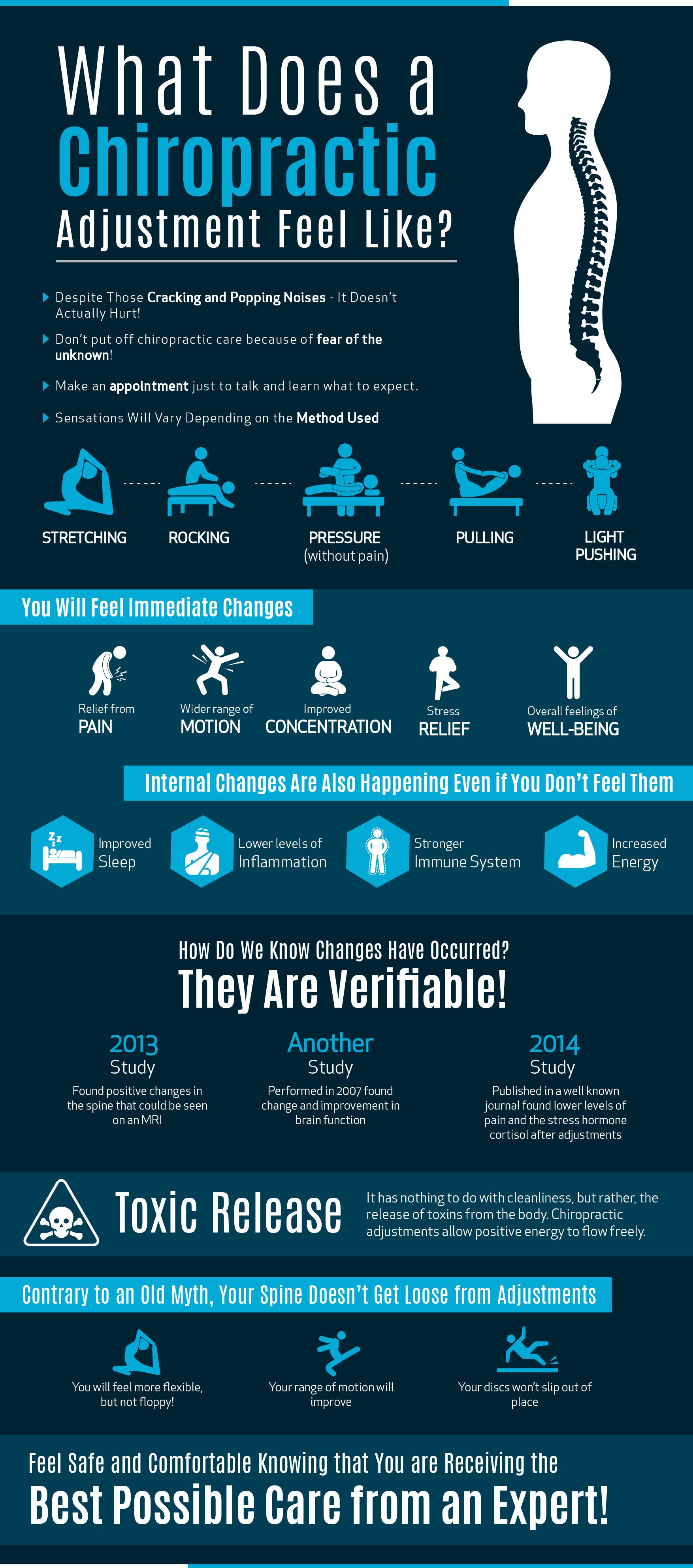Just Just How Does Cold Laser Therapy Harness Light To Change Healing, And What Groundbreaking Possibilities Lie Ahead For Discomfort Administration?
Just Just How Does Cold Laser Therapy Harness Light To Change Healing, And What Groundbreaking Possibilities Lie Ahead For Discomfort Administration?
Blog Article
Written By-Andreasen Hurley
When taking into consideration different treatments, cold laser treatment attracts attention because of its distinct method to recovery. By using specific wavelengths of light, it targets mobile features and advertises healing in a non-invasive fashion. This technique not just enhances ATP production but likewise help in lowering inflammation and pain. As research continues to unfold, the implications for recovery and pain management could be substantial. What does this mean for future therapy options?
The Systems of Cold Laser Treatment
Cold laser treatment, likewise referred to as low-level laser treatment (LLLT), functions by stimulating cellular function via the application of certain wavelengths of light.
When the laser light penetrates your skin, it engages with the mitochondria in your cells, increasing ATP production. This boost in ATP energizes your cells, advertising healing and regrowth.
The light also influences cell membrane layers, enhancing their permeability and assisting in vitamins and mineral absorption while eliminating toxic substances. Furthermore, cold laser therapy causes the release of endorphins and minimizes swelling, assisting your body respond more effectively to injury.
You'll experience boosted blood circulation as the therapy stimulates capillary growth, making certain that oxygen and nutrients reach broken tissues more effectively.
Recognizing these mechanisms can help you value its possibility in advertising healing.
Potential Benefits of Cold Laser Therapy
When thinking about options for discomfort relief and healing, you may discover cold laser therapy to be an appealing alternative. This non-invasive technique can help in reducing inflammation, minimize discomfort, and promote tissue repair work.
Lots of people report quicker healing times from injuries and surgeries after undergoing cold laser therapy. It's specifically valuable for problems like arthritis, tendonitis, and muscular tissue pressures.
You might also appreciate that it has very little side effects compared to drugs. In addition, cold laser treatment can enhance flow, which aids in delivering nutrients and oxygen to damaged areas.
Current Research and Medical Applications
As rate of interest in cold laser treatment expands, scientists are discovering its various applications and performance in medical settings. You'll locate researches exploring its duty in pain management, wound healing, and decreasing inflammation.
In physical therapy, specialists utilize cold laser therapy to boost recovery in sporting activities injuries, while dental experts are locating it valuable for dealing with dental discomfort and gum tissue conditions. Ongoing laser therapy near me are assessing its potential in treating conditions like arthritis and neuropathy.
These researches intend to develop standard methods and does, making certain safety and security and efficacy. As even more evidence emerges, you could see cold laser treatment ending up being a staple in both recovery and discomfort monitoring, offering clients a non-invasive choice that complements typical treatments.
Conclusion
To conclude, cold laser therapy supplies a promising strategy to recovery by taking advantage of specific wavelengths of light to enhance mobile functions and advertise recuperation. With advantages like improved blood circulation, decreased inflammation, and discomfort alleviation, it's ending up being a valuable choice for numerous conditions. As https://www.everydayhealth.com/hair-loss/what-are-the-treatment-options-for-androgenetic-alopecia/ continues to develop standard procedures, you can eagerly anticipate better acceptance of this non-invasive treatment in rehabilitation methods and pain monitoring methods, making it a possible game-changer for many clients.
